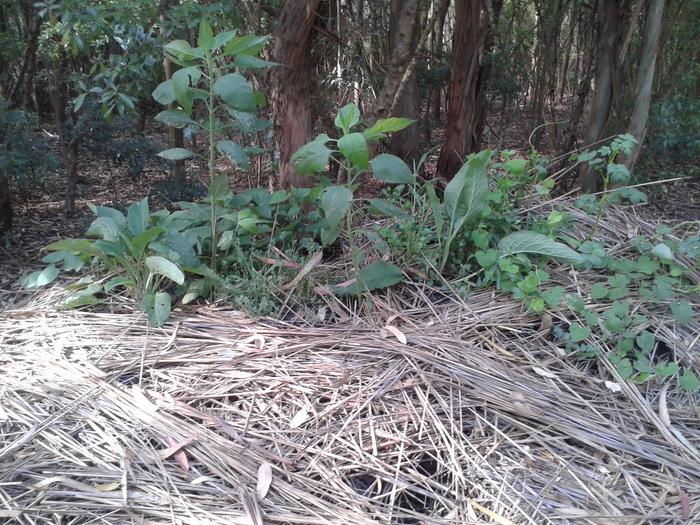nathan luedtke wrote:
This is because if you leave trimmings in the mushroom fruiting area, they will decay and provide a vector for that rot to infect your fruiting mushrooms. I think he compares it to peeling your apples over the apple barrel.
That's not really how the lifecycle of mushrooms works. Mushrooms are just spore dispersing bodies for the underground (or inside a tree trunk) mycelial network. When they rot, they do so without infecting the mycelium that spawned them. There is even a genus of mushrooms,
Coprinus, where the mushroom is not yet fully grown before the gill edge starts to rot and drip black spore-filled exudate. This is how they get their common name, ink caps. They can be quite tasty, but like squid ink, you have to look past the black color when you are cooking with them. Needless to say, this variety could never be commercialized, because a few hours after picking, all you have is a handful of black goo.










